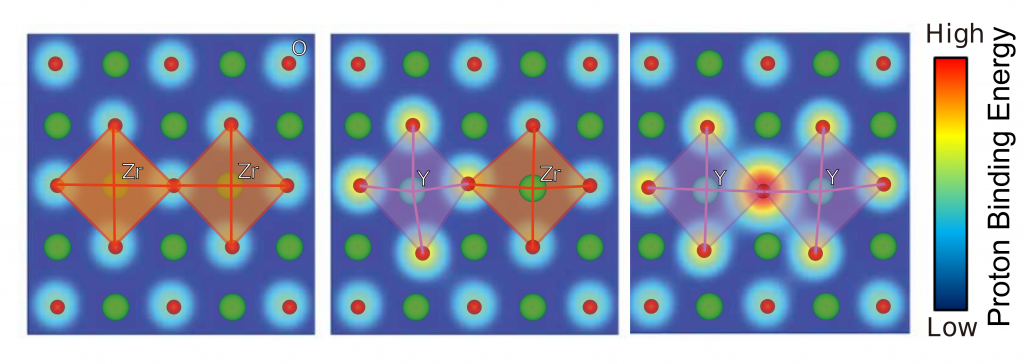
Nanodiamonds slip n’ slide
Oil-free, nanoscale solid lubricant creates ultra-slippery layer between sliding surfaces in machinery

Oil-free, nanoscale solid lubricant creates ultra-slippery layer between sliding surfaces in machinery

Team combines many innovative accelerator accomplishments to keep gold ions cold and advance nuclear physics research.

Soils contain a large diversity of unknown RNA viruses that infect fungi and possibly plants and animals.

Researchers create novel metallabiphenylene analogues, advancing a key concept in organic chemistry.

Collaboration between experiment and theory expands fundamental understanding of the chemistry of exotic radioactive heavy elements.

New one-step method creates hollow nanostructures that can carry and deliver nanoscale cargos for medicine and other applications.

3D magnetic fields can help control the plasma edge to prevent damaging bursts of heat and particles from fusion plasma.

Assessing the spin properties of electrons in advanced materials

Scientists develop a new tool to find viruses in complex genomic data sets

Growing two-dimensional crystals on curved surfaces introduces strain to control the crystal’s light emission.

Researchers determine how to design better materials for energy storage.

Scientists discovered that a common diarrhea-causing bacterium produces electricity and that hundreds of other bacterial species use this same process.